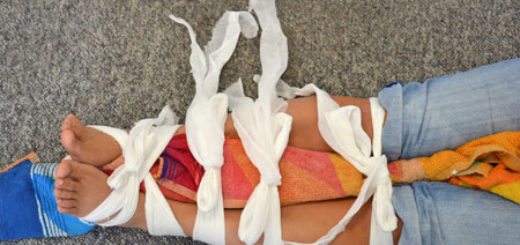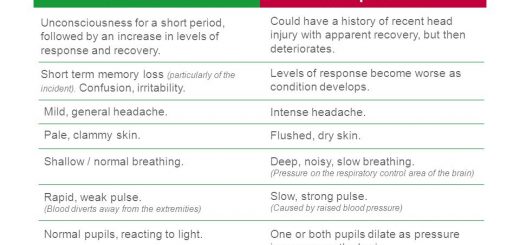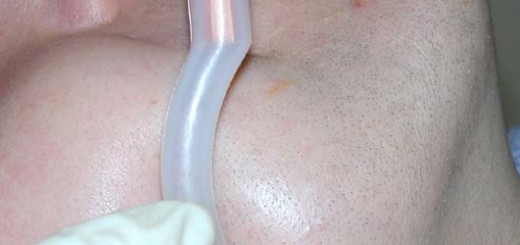The first aid classification of burns
In this blog post we look at the different ways of classifying different burns in first aid. Burns can be classified by their type and depth.
Classifying burns is an important skill for first aiders and first responders to acquire. The type and depth of burn will affect the treatment a burns victim receives.
You can learn more about the correct first aid treatment for burns by reading our free first aid guide to burns.
Types of burn
-
Scald – caused by a hot liquid
-
Friction – caused by rough surfaces, e.g: carpet
-
Radiation – eg sunburn
-
Electrical – will have an entry burn and an exit burn
-
Chemical
- Dry – touching hot objects, e.g: a cooker.
Depths of burn
Different systems for classifying the depths of burns exist, so you should always be aware of your local protocols.
Superficial (1st degree) – this is when only the top layer of skin has been damaged. These are the most minor burns. Often the only sign is a reddening of the skin. Minor sunburn falls into this category of burns.
Partial thickness (2nd degree) – these burns cause blisters in the skin due to the damaged tissue releasing fluid.
Full thickness (3rd degree) – this is the most serious type of burn. In a full thickness burn, every layer of the skin has been affected and the underlying bone, muscle or fat may have also been damaged.
It is important to remember that a burn may consist of areas of differing thicknesses. For example, a full thickness burn may be surrounded by areas of partial and superficial thickness.
Want to learn more about first aid? Have a go at one of our free online first aid courses.






